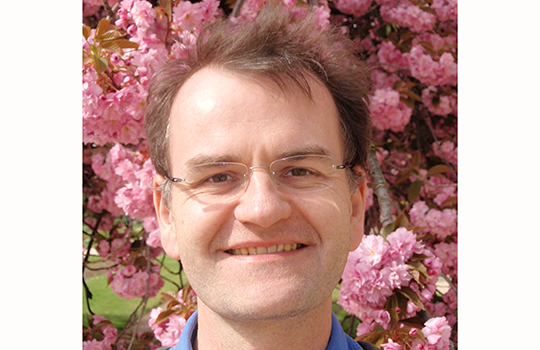The Thames is wreathed in smog—the Mayor of London, Sadiq Khan, issues an air quality alert and announces a new system of air quality warnings. There will be road-side dot matrix message signs on the busiest main roads into London, with instructions to switch engines off when stationary to reduce emissions. Air quality messages will […]
Nick Hopkinson: Air quality—what’s the point of warnings?


